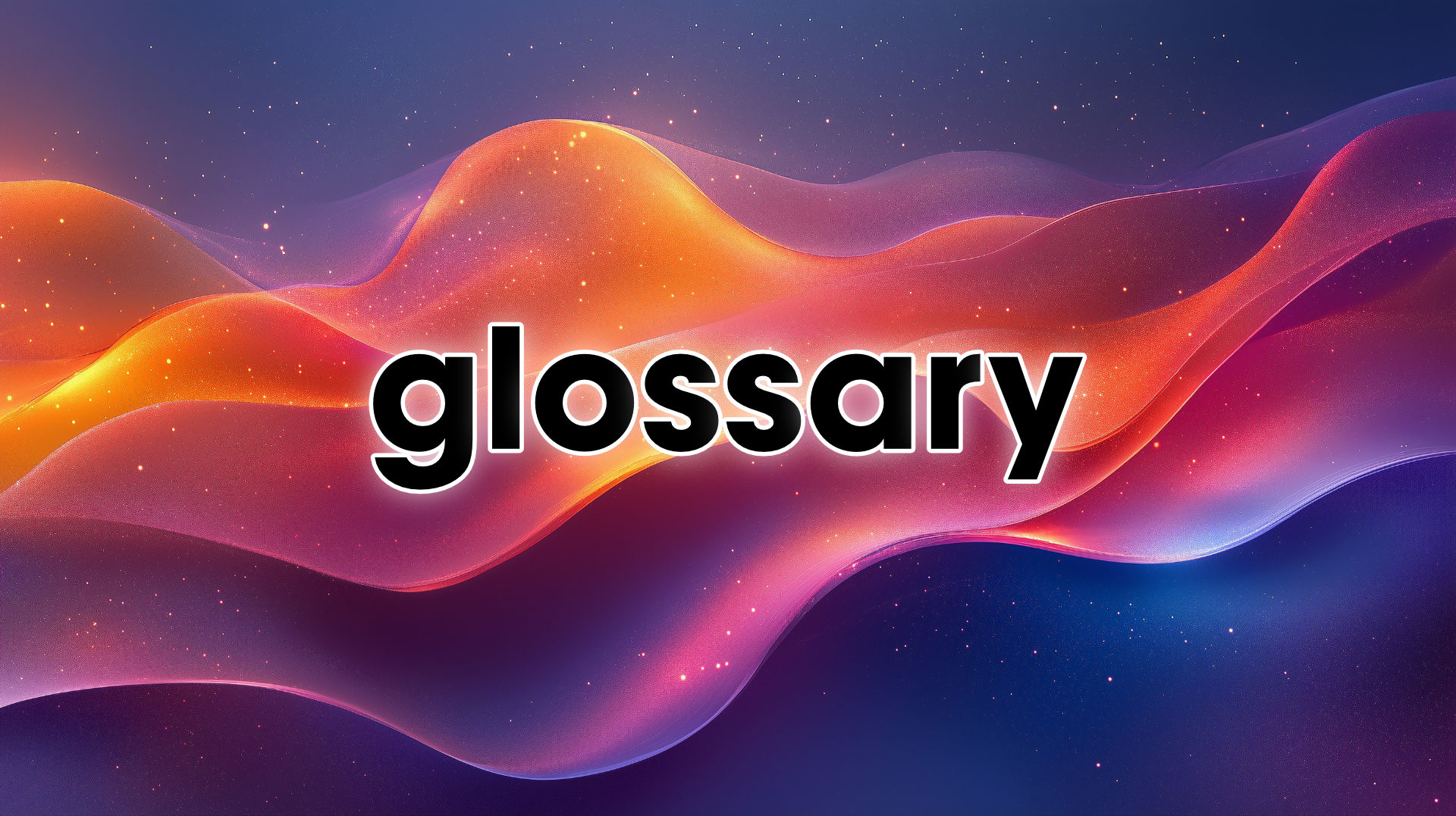Matter Compatibility
Matter compatibility refers to a smart home device’s ability to work seamlessly with the Matter standard, a universal system that lets gadgets from different brands connect and operate together using one app or voice assistant. It’s like a common language for your smart lights, thermostats, and more.
Detailed Explanation of Matter Compatibility
What It Is
Imagine your smart home as a bustling neighborhood where every device—your lights, locks, and even your gardening sensors—speaks the same language. That’s what Matter compatibility brings to the table. Launched in 2022 by the Connectivity Standards Alliance (CSA), Matter is an open-source standard backed by big names like Amazon, Apple, Google, and Samsung.
It’s designed to make your smart home setup easier, more flexible, and less chaotic by ensuring devices play nice together, regardless of who made them. Whether you’re a beginner dipping your toes into smart decor or a seasoned pro tweaking your AI home design, Matter compatibility means you’re not locked into one brand’s ecosystem.
You can mix a Google Nest thermostat with an Apple HomeKit-friendly bulb and control them all from your phone or with a quick “Hey Siri” or “Alexa, turn on the patio lights.”
This isn’t just tech jargon—it’s a game-changer for everyday life. Picture upgrading your living room with smart lighting or automating your garden watering system without worrying if your new gadget will work with what you already own. Matter compatibility simplifies that process, making your home more efficient and stylish without the headache of mismatched tech.
How It Works
At its core, Matter is built on Internet Protocol (IP), the same foundation as the internet, which lets devices talk to each other locally over Wi-Fi, Thread (a low-power mesh network), or Ethernet. When you buy a Matter-compatible device—like a smart plug or a robot vacuum—it comes with a Matter logo and a QR code. Scan that code with your phone, and the device joins your network in a snap, no extra hubs required (though some older gadgets might need a bridge or hub update to join the party). Once connected, it syncs with your preferred app—Google Home, Apple Home, Amazon Alexa, or Samsung SmartThings—and responds to voice commands or automations you set up.
The magic happens because Matter standardizes the basics: turning things on or off, adjusting brightness, locking doors, or checking sensor status. It’s not about fancy brand-specific tricks (you might still need the maker’s app for those) but about reliable, cross-platform teamwork. For example, your Matter-compatible smart gardening tools could tell your sprinkler to run when soil sensors detect dryness, all managed through one app, even if the sensor’s from Eve and the sprinkler’s from TP-Link. Behind the scenes, Matter uses Bluetooth for setup and ensures local control, so your devices keep working even if the internet drops.
Why Matter Compatibility Is Important
In the U.S., where smart home adoption is booming—over 130 million households owned a smart device by 2022, per the World Economic Forum—Matter compatibility is a big deal. Americans love convenience, and Matter delivers by cutting through the clutter of competing standards like Zigbee or Z-Wave. No more guessing if that sleek smart bulb from IKEA will work with your Amazon Echo or if your new decor lights will sync with your Google Nest Hub. This is especially clutch for U.S. homeowners juggling busy lives, from coast to coast, who want practical design solutions without tech headaches.
Culturally, the U.S. is all about choice and personalization, and Matter fits right in. It’s not just for tech geeks—beginners in cities like Austin or suburban gardeners in Ohio can build a smart home that reflects their style, whether that’s energy-saving tricks for sustainability or mood lighting for cozy nights. Trends show Matter catching on fast: by early 2025, over 1,200 products were certified, from air purifiers to robot vacuums, according to the CSA. Big retailers like Home Depot and Best Buy are stocking Matter-ready gear, making it easier for Americans to grab smart home upgrades that promise longevity and flexibility. Plus, with security baked in (think end-to-end encryption), it’s a safe bet for privacy-conscious folks—a growing concern in the U.S. as smart tech spreads.
Example in Use
“I just got a Matter-compatible smart lock, and now I can lock the front door with Alexa while watering the garden with my Google Home app—total game-changer!”
Common Misconceptions
Not to be confused with brand-specific standards like HomeKit or Alexa alone—Matter isn’t owned by one company; it’s a universal bridge that connects them all. Also, it doesn’t replace Wi-Fi or Thread; it uses them to make devices talk.
Related Terms
- Smart Home Ecosystem
- Thread Networking
- IoT (Internet of Things)

